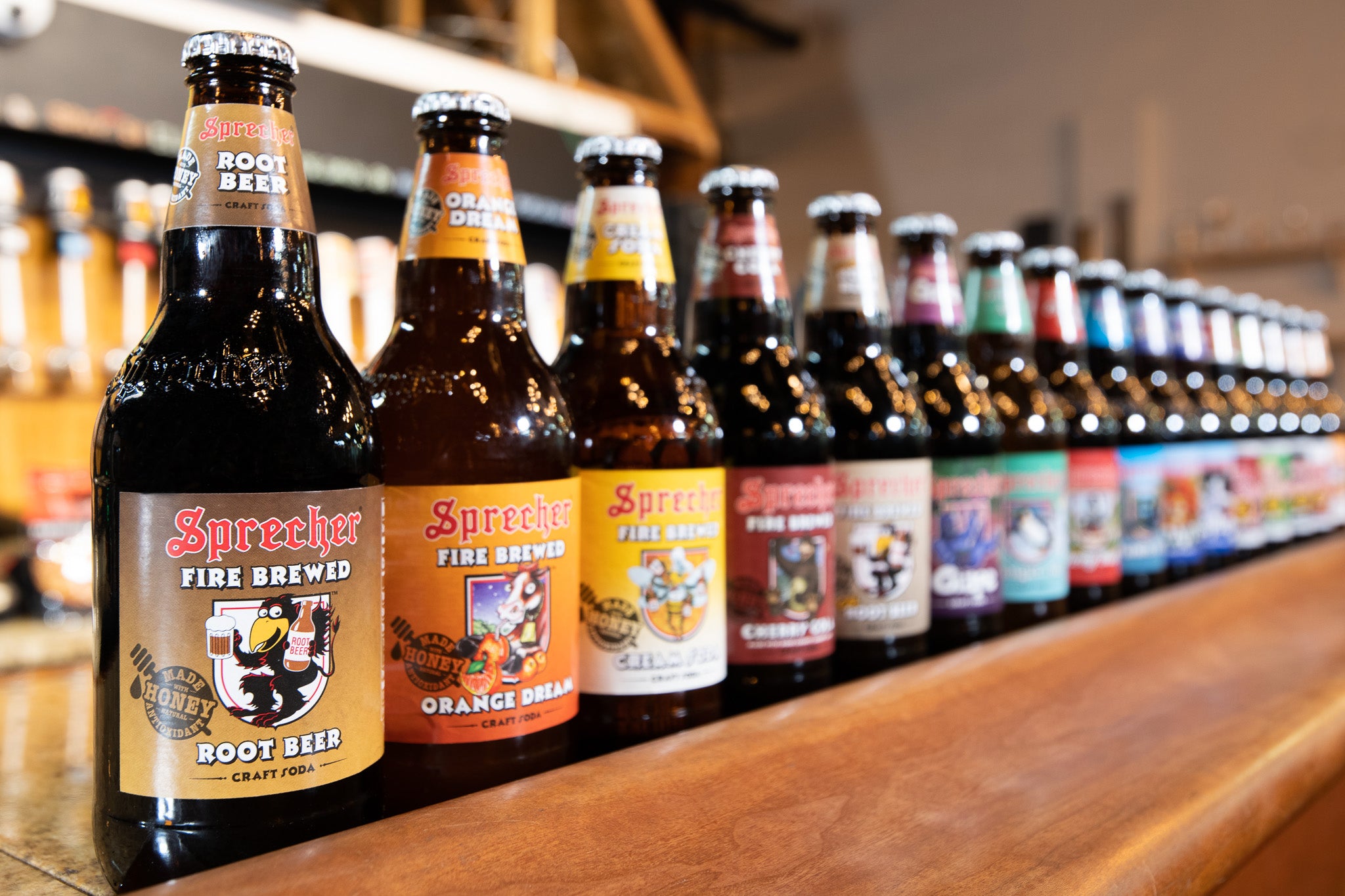Galveston Liquor: The Ultimate Location for Spirits and Glass of wines
Galveston Liquor: The Ultimate Location for Spirits and Glass of wines
Blog Article
Mastering the Craft of Purification: a Deep Study Distillery Traditions
Checking out the intricate art of purification unveils a globe steeped in classic customs that have shaped the spirits we appreciate today. From the old origins of purification methods to the modern advancement of distillery equipment, each action in the procedure brings with it an abundant tapestry of history and know-how. As we look into the delicate equilibrium of traditional versus contemporary distilling practices and discover the significance of crucial ingredients, a deeper understanding arises of the extensive impact distillery practices have on the spirits we relish.
Beginnings of Distillation Methods
The development of distillation techniques has a rich history that traces back to ancient civilizations. The concept of separating components based on their different boiling points laid the foundation for the sophisticated purification procedures we have today.
The earliest proof of purification days back to around 3000 BC in Mesopotamia, where clay pots were utilized to distill fragrances and fragrant oils. The Egyptians additionally progressed these methods, using distillation for medicinal purposes and embalming techniques. The Greeks, especially numbers like Aristotle and Hippocrates, contributed to the theoretical understanding of distillation.
With time, purification infect regions like India, China, and the Middle East, each culture adding its unique touch to the craft. The advancement of purification methods continued via the Center Ages and the Renaissance, at some point causing the varied selection of purification processes used in modern-day distilleries worldwide.
Development of Distillery Devices

With advancements in modern technology and a deeper understanding of the distillation procedure, modern-day distilleries currently utilize a variety of innovative devices to create spirits of the finest quality. Today, distillation equipment consists of column stills, reflux stills, and crossbreed stills, each developed to deal with details purification needs. These modern-day stills use much better temperature level law, boosted distillation accuracy, and better effectiveness in dividing alcohol from pollutants.
Along with stills, distilleries now use advanced condensers, fermenters, and filtration systems to more fine-tune the extract. The evolution of distillery devices continues to play a crucial role in forming the diverse array of spirits readily available in the marketplace today.
Traditional Vs. Modern Distilling Practices
Alternatively, modern-day distilling practices take advantage of cutting-edge innovation and innovation to simplify manufacturing procedures and boost uniformity. Automated systems, digital controls, and state-of-the-art devices make it possible for contemporary distilleries to produce spirits extra effectively and with higher precision.
While traditional distilling practices are treasured for their heritage and the special tastes they produce, modern-day methods use advantages in terms of scalability, quality control, and sustainability. By integrating clinical advancements and modern design, distillers can optimize production, decrease waste, and fulfill the needs of today's market extra successfully. Inevitably, the choice in between standard and contemporary distilling practices frequently depends on the distillery's goals, worths, and target market.
Trick Ingredients in Distillation Refine
Within the craft of purification, the option of vital ingredients plays a crucial role in determining the taste account and quality of the spirits generated. The primary active ingredients used in the distillation process are normally water, yeast, and a fermentable resource such as grains, fruits, or sugarcane.
Water is an essential component as it not only dilutes the alcohol content to a tasty degree however also affects the general mouthfeel and structure of the spirit. The top quality and my site mineral web content of the water made use of can significantly influence the end product.
Yeast is another crucial component that converts the sugars present in the fermentable source right into alcohol with the process of fermentation. Various stress of yeast can generate varying flavors and scents, adding to the one-of-a-kind qualities of the spirit.

Impact of Distillery Traditions on Spirits
The influence of historical distillery traditions on spirits prolongs past the choice of essential ingredients, forming the really essence and character of the last distilled products (Breweries in Galveston Texas). These customs, passed down with generations, play an important role in defining the special taste accounts and top qualities that identify one spirit from an additional
Distillery practices encompass a wide variety of practices, from the particular strategies used in purification to the choice old procedures utilized. For instance, using traditional copper pot stills in whiskey production is believed to present particular tastes her comment is here and qualities that are very valued by lovers. The aging of spirits in oak barrels, a practice deeply rooted in distilling practices, contributes to the development of intricate aromas and flavors over time.

Conclusion
From the beginnings of purification strategies to the modern-day practices, the influence of distillery practices on spirits is undeniable. Distillery customs play a vital function in forming the spirits sector and preserving the heritage of distillation practices.
Throughout the background of distillation, the equipment made use of in distilleries has gone through significant development to improve performance and top quality of the distillation process.With improvements in find out here innovation and a much deeper understanding of the distillation process, modern-day distilleries currently use a range of advanced equipment to generate spirits of the highest possible quality. Today, distillation equipment consists of column stills, reflux stills, and crossbreed stills, each made to provide to certain distillation needs. From the beginnings of distillation techniques to the modern-day methods, the impact of distillery practices on spirits is indisputable. Distillery practices play a crucial role in forming the spirits market and preserving the heritage of purification methods.
Report this page